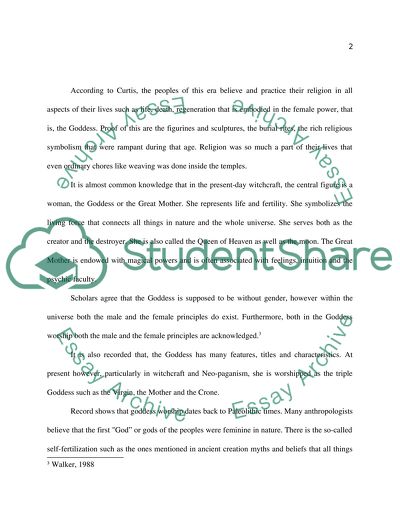Cite this document
(“Ancient Goddesses of the Middle East Essay Example | Topics and Well Written Essays - 2500 words”, n.d.)
Ancient Goddesses of the Middle East Essay Example | Topics and Well Written Essays - 2500 words. Retrieved from https://studentshare.org/miscellaneous/1504300-ancient-goddesses-of-the-middle-east
Ancient Goddesses of the Middle East Essay Example | Topics and Well Written Essays - 2500 words. Retrieved from https://studentshare.org/miscellaneous/1504300-ancient-goddesses-of-the-middle-east
(Ancient Goddesses of the Middle East Essay Example | Topics and Well Written Essays - 2500 Words)
Ancient Goddesses of the Middle East Essay Example | Topics and Well Written Essays - 2500 Words. https://studentshare.org/miscellaneous/1504300-ancient-goddesses-of-the-middle-east.
Ancient Goddesses of the Middle East Essay Example | Topics and Well Written Essays - 2500 Words. https://studentshare.org/miscellaneous/1504300-ancient-goddesses-of-the-middle-east.
“Ancient Goddesses of the Middle East Essay Example | Topics and Well Written Essays - 2500 Words”, n.d. https://studentshare.org/miscellaneous/1504300-ancient-goddesses-of-the-middle-east.


